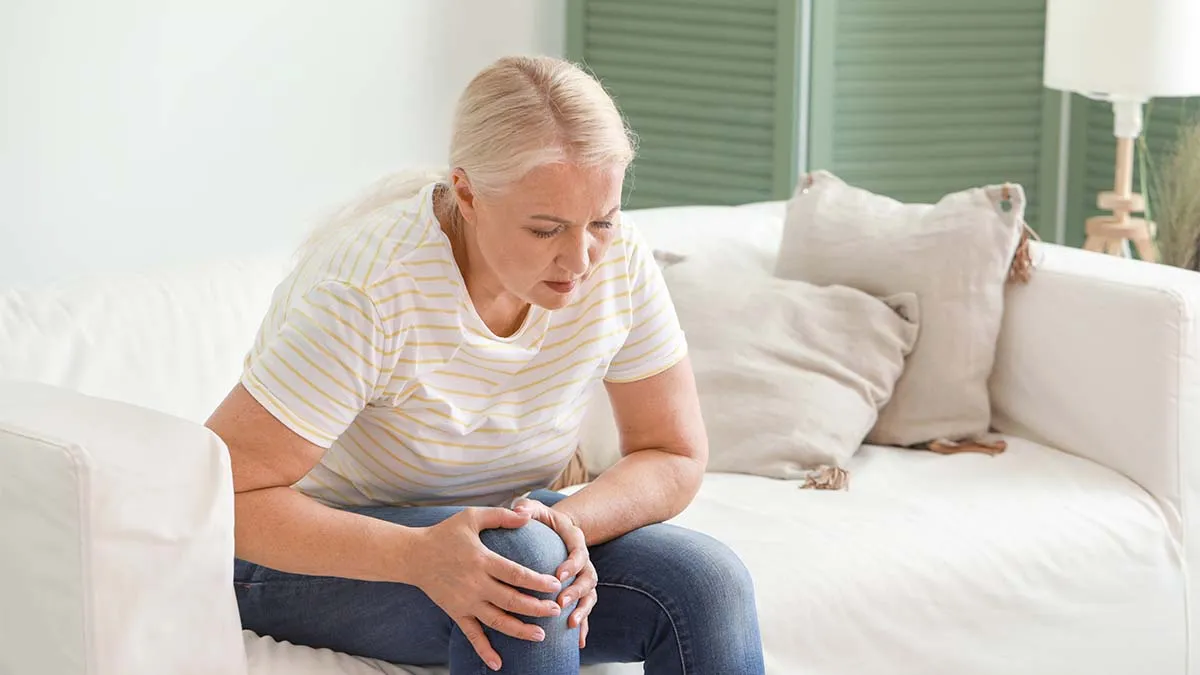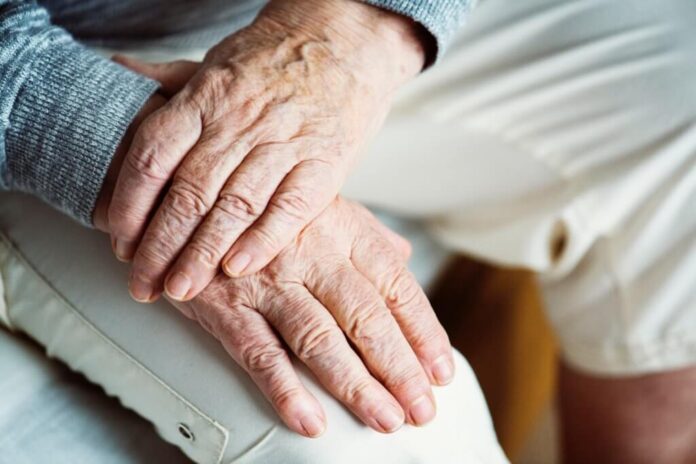Rain’s effect on joint pain is a topic that has piqued the interest of both the medical community and the general public for years. While many people report a worsening of joint pain during rainy or humid weather, the scientific explanation for this phenomenon remains a subject of debate and ongoing research.
This article aims to explore and clarify the connection between rainy weather and joint pain, debunking common myths and delving into the scientific theories that attempt to explain this intriguing phenomenon.
The Phenomenon: Weather and Joint Pain
Anecdotal evidence suggests that weather changes, particularly rain and humidity, can trigger joint pain in many individuals. This phenomenon is not a new observation; it has been noted for centuries and is often a topic of conversation among those who suffer from arthritis and other joint-related conditions.
Despite its prevalence in folklore and personal experiences, the scientific basis for this connection has been harder to establish. Many individuals have turned to products like “Perskindol“, a pain-relieving cream, to find relief from the discomfort associated with these weather-induced symptoms.
Debunking Common Myths
One of the first steps in understanding the relationship between rain and joint pain is separating fact from fiction. Common myths include beliefs that joints can predict the weather or that rain directly causes joint inflammation.
These notions, while widespread, lack substantial scientific backing. Instead, they are often based on subjective experiences rather than objective data. By debunking these myths, we can focus on more plausible explanations.
The Role of Barometric Pressure

One of the leading theories in explaining why rain might affect joints involves barometric pressure, also known as atmospheric pressure. Barometric pressure tends to drop before bad weather sets in, such as before a rainstorm.
This decrease in pressure could potentially cause the tissues around the joints to expand, leading to increased pain, especially in arthritic joints. However, while this theory is plausible and has some scientific support, it is not universally accepted or proven.
Humidity and Joint Pain
Humidity is another environmental factor often associated with joint aches. High humidity levels, especially when combined with low temperatures, might exacerbate pain in the joints.
The proposed mechanism behind this involves changes in the viscosity of the fluid within the joints or the way our bodies perceive pain due to changes in humidity. However, similar to the barometric pressure theory, the evidence supporting the humidity-joint ache connection is not conclusive.
Psychological Factors
The role of psychological factors in perceiving joint aches during rainy weather is an area of growing interest. The gloomy weather may affect mood and cognition, which in turn can make individuals more aware or sensitive to their pain.
Additionally, rainy weather can limit physical activity, which might contribute to stiffness and increased perception of pain.
Other Contributing Factors
In addition to weather-related theories, several other factors may play a role in the heightened perception of joint aches on rainy days.
Lifestyle adjustments prompted by changing weather, variations in physical activity levels, and alterations in vitamin D levels due to sunlight exposure can all influence the experience of joint discomfort.
These multifaceted elements underscore the complexity of the relationship between weather and joint pain.
The Impact of Lifestyle and Adaptive Behaviors

Lifestyle choices and adaptive behaviors also play a significant role in how individuals experience joint pain during rainy weather. For example, people might become less active during inclement weather, leading to joint stiffness and increased ache.
Conversely, those who engage in regular physical activity might experience less severe symptoms. The impact of diet, hydration, and other lifestyle factors also warrant consideration, as they can influence overall joint health and pain sensitivity.
Advances in Meteorological and Medical Technology
Advances in technology offer new avenues for exploring the rain-joint pain connection. Sophisticated meteorological tools allow for more precise tracking of weather changes, while advancements in medical imaging and pain assessment provide better ways to quantify and understand joint aches.
Wearable technology, which can monitor both environmental exposure and physical responses, could also play a pivotal role in future research.
Global Perspectives and Cultural Differences
Examining this phenomenon from a global perspective reveals interesting cultural and geographical variations. Different regions of the world experience varying weather patterns, and cultural attitudes towards aches and weather can influence individual experiences and reports of joint aches.
Comparative studies across different climates and cultures could shed light on the universality of the rain-joint pain connection.
Personal Management and Coping Strategies
For those who experience joint aches during rainy weather, personal management strategies can be crucial.
These might include staying warm, engaging in gentle exercise to keep joints flexible, managing weight to reduce joint stress, and using pain relief methods as recommended by healthcare professionals.
Additionally, psychological support or therapy can help individuals cope with the emotional and mental health aspects of living with chronic pain.
Future Directions and Potential Therapies

Looking forward, the ongoing research into the connection between rain and joint pain holds promise for the development of targeted therapies and pain management strategies.
Understanding the underlying mechanisms could lead to the creation of personalized treatment plans that take into account weather patterns and individual sensitivities.
Furthermore, public health advisories and educational campaigns could be designed to help those at risk better prepare for and manage their symptoms of weather changes.
End Note
In summary, while the exact reasons why rain causes joint pain remain somewhat elusive, the combination of scientific inquiry, technological advancements, and interdisciplinary research continues to bring us closer to answers.
Dispelling myths and focusing on evidence-based explanations will not only enhance our understanding of this phenomenon but also improve the lives of those who suffer from joint aches exacerbated by rainy weather.
As research progresses, it is hoped that more effective and tailored approaches to managing this type of pain will emerge, offering relief and improved quality of life for many.




